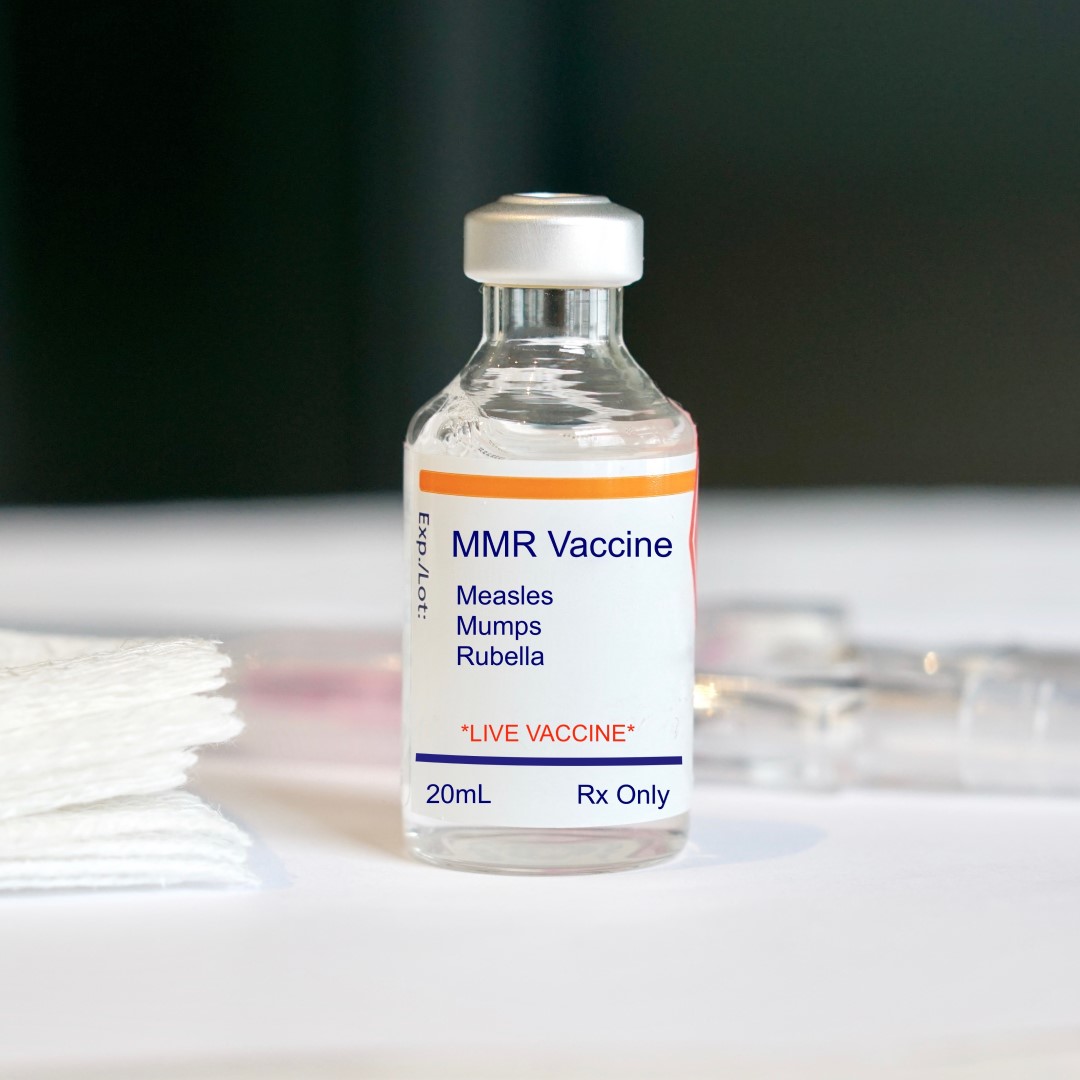
‘A political division, not a physical one, determined who got measles and who didn’t’: Lessons from Texarkana’s 1970 outbreak
On Mar. 11, 2025, in an excerpt from his book Booster Shots (Penguin Random House), pediatrician and infectious disease specialist Dr. Adam Ratner looks at a historical measles outbreak in Texarkana, a city at the border of Texas and Arkansas. In the outbreak, the side of the state line people happened to live on determined their fate.
In the 1960s, about two-thirds of the population lived in the part of the city that was in Bowie County, Texas, with the remainder residing in Miller County, Arkansas. However, separate public schools and public health departments were maintained on either side of the state line. Texarkana was a natural laboratory to understand how policy choices could dictate health.
In late June 1970, a 5-year-old Texarkana boy who had traveled out of the area was diagnosed with measles. He represented the first recognized case in an outbreak that would last more than six months and involve more than 600 people, mostly children. What made Texarkana different is that State Line Avenue separated two jurisdictions with quite different approaches to measles vaccination. Texas had no requirement for measles vaccination prior to school entry and generally eschewed mass vaccination campaigns.
Fewer than 60% of 1- to 9-year-olds on the Texas side were immune to measles either through vaccination or prior illness. In contrast, Arkansas maintained a school mandate and had held mass immunization campaigns for preschool- and school-aged children in each of the two years prior to the outbreak. An estimated 95% of their 1- to 9-year-olds were immune.
The result was striking. A political division, not a physical one, determined who got measles and who didn’t. Of the 633 Texarkana measles cases, 606 (nearly 96% of the total) occurred in people who resided in the Texas portion of the city. The messages were clear — vaccination had protected children who happened to reside on the Arkansas side of town, and community campaigns and school mandates were highly effective in preventing measles spread.
A 2012 Supreme Court decision (National Federation of Independent Business v. Sebelius) made states’ acceptance of the ACA’s Medicaid expansion funds optional rather than mandatory. Arkansas accepted Medicaid expansion; Texas did not.
Despite the demographic similarities between the Texas and Arkansas sides of the city, after nine years of Medicaid expansion, the differences were stark. More non-elderly adults uninsured, more hospitalizations for life-threatening conditions such as diabetic ketoacidosis, worse access to care — these are the legacy of Texas’s refusal to accept the ACA’s Medicaid expansion. Just as the 1970 measles outbreak made clear, in Texarkana, living on the wrong side of State Line Avenue can be hazardous to your health.
Tags:
Source: LiveScience
Credit:
